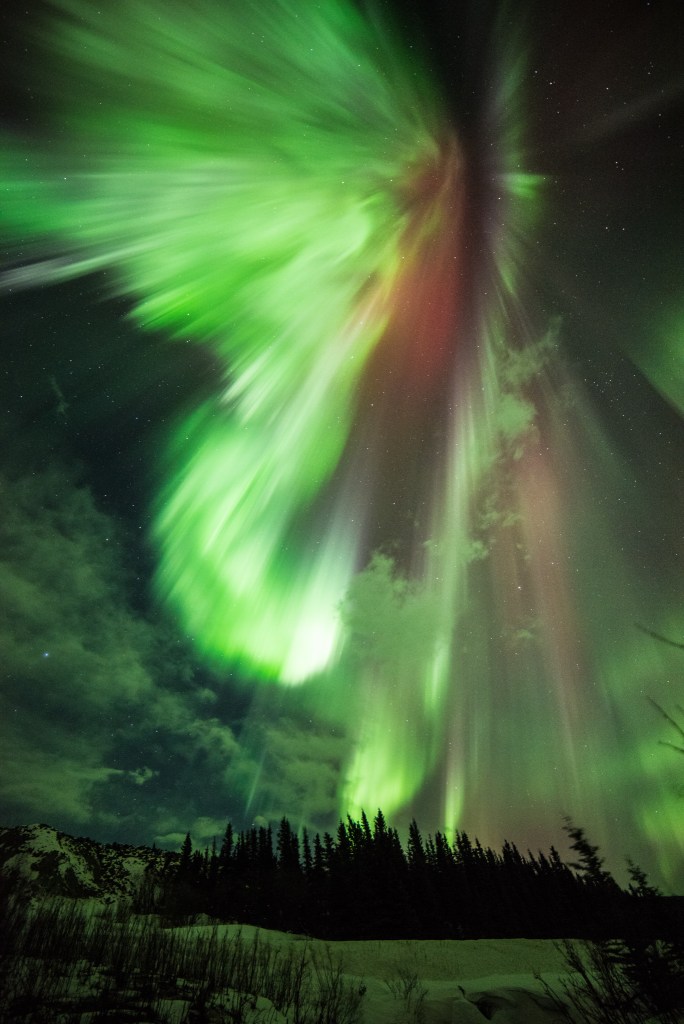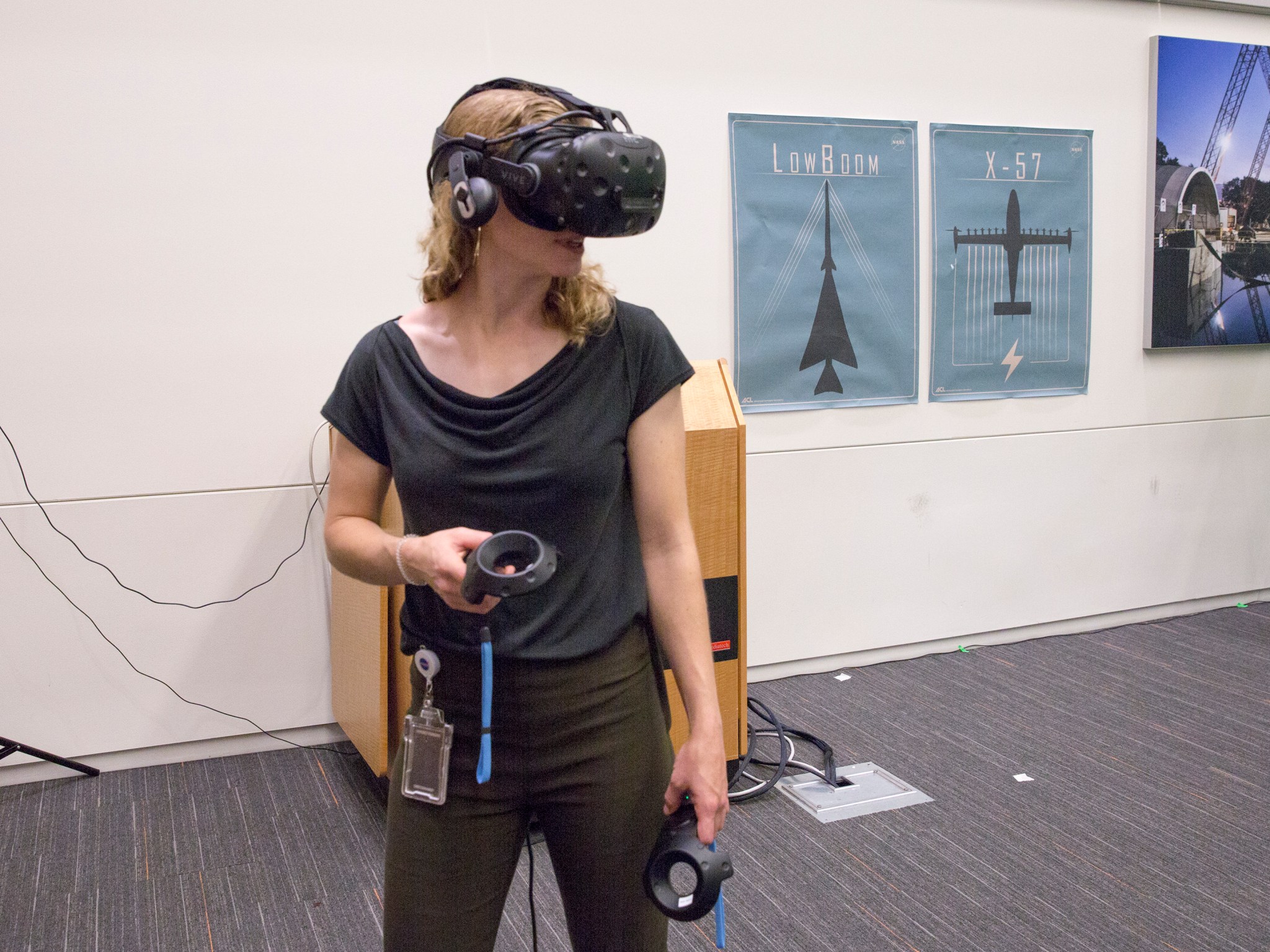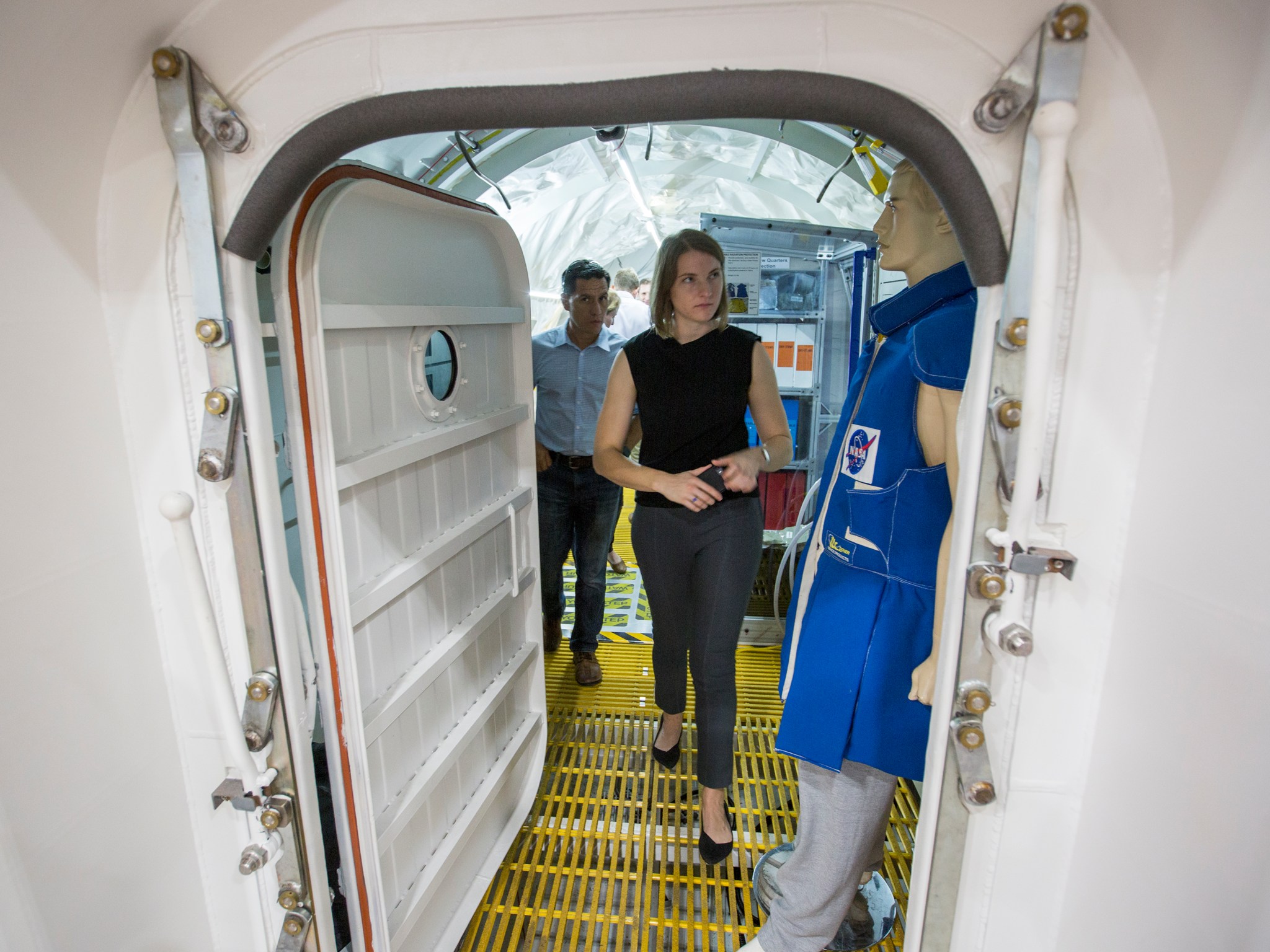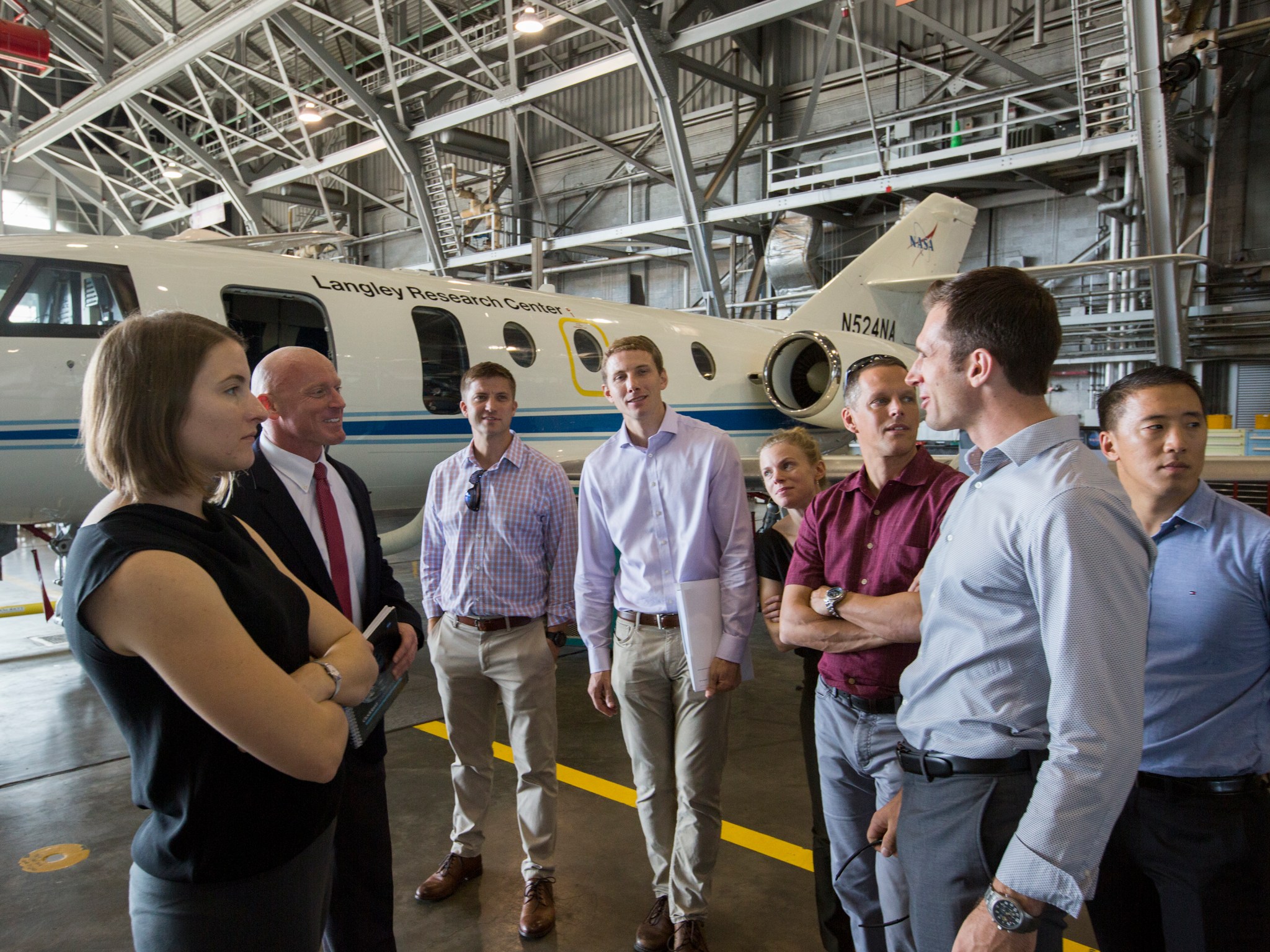Zena Cardman has visited NASA’s Langley Research Center in Hampton, Virginia, numerous times as a high school student, but her latest visit was under a very different set of circumstances.
Cardman, a native of nearby Williamsburg, is a biologist by trade and has been all over the world, including multiple trips to Antarctica, for her research. In the back of her mind, however, space was always the final frontier.
“I fell in love with biology in high school,” she said. “That was my academic interest. But I’d always grown up with an interest in space and the stars. That was always in the back of my mind.”
Cardman was one of 12 people named in 2017 as NASA astronaut candidates, and 11 of them they paid a visit to Langley as part of their tour of agency field centers.
“Coming here in this capacity is a real treat and really different,” she said.
Langley Associate Director Cathy Mangum told the candidates that she was pleased they were “visiting the mother center first.”
From emerging technologies to learning about methods of testing, the class learned about the ways Langley helps the agency’s missions on Earth and in space. They saw facilities, such as the 14- by 22-Foot Subsonic Wind Tunnel, the Flight Research Hangar and the Impact Dynamics Research Facility where Apollo astronauts trained, and had hands-on demonstrations of virtual reality set-ups.
“For our training, we’re often broken up doing different things,” said astronaut candidate Warren Hoburg. “We’re close as a class and it’s always nice to spend some time together as an entire group.”
The people who were selected as part of the class of 2017 astronaut candidates, NASA’s 22nd group of spaceflight trainees, are diverse in terms of background, education, hometowns and previous occupations.
“I love doing training with classmates that come from such diverse backgrounds who are all moving toward this same goal of being qualified for space flight,” Cardman said. “Everybody brings something to the table that’s unique and different. I think that meshes nicely together.”
If chosen, the candidates could be assigned to any of a variety of missions, including: performing research on the International Space Station, launching from American soil on spacecraft built by commercial companies, and departing for deep space missions on NASA’s new Orion spacecraft and Space Launch System rocket. This class NASA selected is the largest since 2000.
The candidates are one year into a two-year training program. The astronaut candidates reported to NASA’s Johnson Space Center in Houston in August 2017 where they began their training in spacecraft systems, spacewalking skills, teamwork, Russian language and other necessary skills.
So far, according to Cardman, the training has been a unique and demanding experience.
“It’s awesome,” she said. “It’s challenging every day and different every day. It really keeps you on your toes. I’ve loved getting all of these different experiences.”
In Cardman’s eyes, if she were to be selected to go into space, it would be an interesting way to marry her technical and scientific interests with something very practical for humankind.
“The world becomes something to observe as a whole system, almost like an entire organism,” she said. “I get to be the eyes, ears and lab notebook of somebody else’s research – a research program that’s much bigger and much larger than anything I can do on my own.”
Biology is becoming an important aspect of space research and science – especially keeping humans alive in the vast expanse beyond low-Earth orbit. Cardman, who is currently a National Science Foundation Graduate Research Fellow working on her doctorate at The Pennsylvania State University, sees the potential for the different possibilities space can offer.
“It’s easy to imagine this job as being all about training for exactly launching into space, but there’s so much more than that,” Cardman said.
She and her classmates know they did not get to where they are in life without a little help along the way. At their public unveiling event, Vice President Mike Pence told them an old saying about if you see a turtle on a fencepost, then you know it didn’t get there on its own.
“We have so many people helping us in training,” Cardman said. “We’re here because of a lot of other peoples’ hard work in addition to each other.”
Her class, nicknamed the Turtles, will be split up into different missions once their training is over. Cardman believes this tight-knit group, forever linked to each other, will keep the memories they made together close, even if they might not see each other as frequently as they do now.
“The friendships is one of the things I’ll immediately take away from this training,” Cardman said. “It’s really important that we get this bonding experience.”
- To view a photo gallery of the astronaut candidates’ visit, click here.
Eric Gillard
NASA Langley Research Center





























